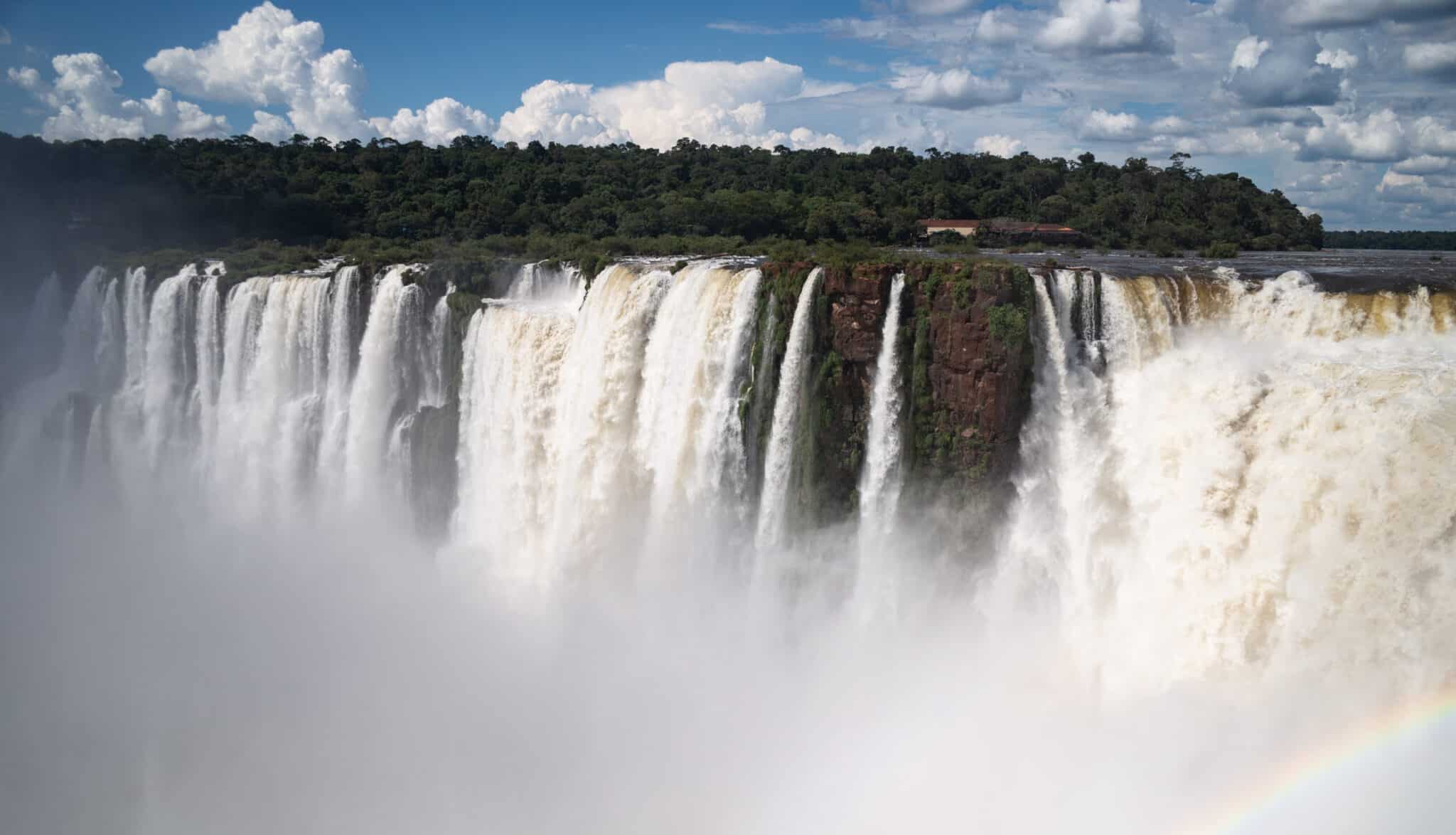Are there many stairs, or is access easy for people with reduced mobility at Iguazu Falls?
- Ramiro Rodriguez

At Iguazu Falls, access for people with reduced mobility has been improved in several areas, but it depends on the trails chosen. Here’s a bit of information about accessibility on both sides of the falls:
-
Argentine side: At the Iguazu National Park (Argentine side), efforts have been made to make the path accessible. There are adapted trails and walkways for people with reduced mobility, especially the walkway to the Garganta del Diablo, where a flat and accessible platform has been installed for wheelchairs. Additionally, the ecological train that transports visitors around the park is also accessible. However, some areas of the park, especially the longer or higher routes, may involve stairs or uneven paths. It’s recommended to check access in advance, especially if planning to visit more remote areas.
-
Brazilian side: At the Iguaçu National Park (Brazilian side), access is easier in terms of reduced mobility, as the main route through the walkways is flatter and has fewer inclines. The main walkways and viewpoints are designed to facilitate access for wheelchair users. However, the experience of approaching the falls on the Brazilian side is more panoramic and not as close as on the Argentine side.
2 Day Trip to Iguazu Falls From Buenos Aires
Experience the wonder of Iguazu Falls on a private 2 day tour from Buenos Aires. Easily reserve accommodations and optional activities. Book now!
- Traditional
From Price: USD190
In summary, while access to the falls on both sides has been improved for people with reduced mobility, some areas, especially on the Argentine side, may have limitations due to stairs and the park’s topography. It’s advisable to contact the national parks in advance for details about accessibility and specific plans.
Full Day Tour to Iguazu Falls (Argentina Side) With Return by Boat
Enjoy a full day tour to the amazing Iguazu Falls, Argentinian Side and return to your hotel in Puerto Iguazu by boat
- Adventure
- Nature
- Traditional
From Price: USD159



